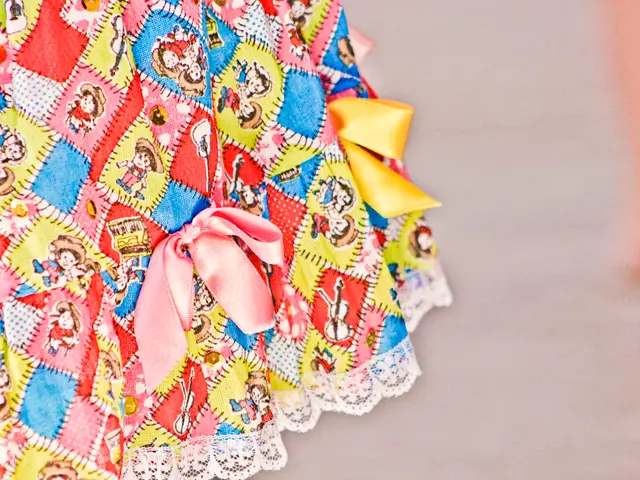Cleaning Techniques for Oil Paintbrushes
Fresh Take on Oil Paintbrush Cleaning
Keeping your oil paintbrushes in tip-top shape is crucial for any budding artist. Skip the aggravation of dealing with gunky, expensive, damaged brushes. Here's how to clean your oil paintbrushes like a pro!
- Effortless Brush Care - Daily Maintenance
- Wipe off excess paint from the bristles after each session.
- Dip tip of brushes into a slow-drying oil (Winsor & Newton Safflower Oil or artist-grade poppyseed oil), then let them rest on a drying rack.
- When it's time for the next painting session, simply give your brushes a quick wipe and you're good to go!
- Thorough Clean - Deep Cleaning
- Materials Needed
- Paper towels/newspaper
- Paint thinner (recommended - Gamblin Odorless Solvent)
- Soap (recommended - Chelsea Classical Studio Professional Artist Hand Soap)
- Old cups/mugs
- Oil paint brush cleaner (recommended - Chroma Brush Cleaner or The Masters Brush Cleaner)
- Gloves (optional)
- What Not to Do:
- Detergent
- Paint strippers
- Wire paint combs
- Step 1: Remove Excess Paint
- Rinse brushes in paint thinner and wipe them clean with paper towels or newspaper. Repeat until the majority of the paint is removed.
- Step 2: Break Down Remaining Paint
- Rinse brushes once more in paint thinner.
- Work the brushes on a soap bar (recommended - Chelsea Classical Studio Professional Artist Hand Soap), creating a lather that makes its way into the bristles.
- Observe as color bleeds into the soap.
- Avoid pushing bristles into the soap to prevent damage. Instead, work the bristles in a pulling motion.
- Rinse thoroughly and repeat until no more color bleeds into the soap.
- Step 3: Dry the Brushes
- Model the tip of the brushes into a neat edge and let them rest inverted in a brush holder.
- For safety, wear gloves, and keep oil painting products away from children.
- Oil Cleaning for Sensitive Noses
- If you're sensitive to paint thinner, you can still clean your oil paintbrushes effectively!
- Replace paint thinner with linseed oil. Proceed with the same steps, incorporating oil paint brush cleaner like The Masters Brush Cleaner to tackle tough oil paint.
- Cleaning without paint thinner does take longer, but it can definitely be done.
- Pro Tips
- Pull, don't push, your brushes into the canvas. Using a pulling motion instead helps preserve the quality of your brushes.
- Never let your brushes sit unattended for more than a day, as the paint will harden and damage the bristles.
- Use old, worn brushes for rough or textured painting styles to save your high-quality brushes for finer details.
- Sometimes, sacrificing brush quality a little is worth it if it helps create a better painting overall.
- Summary
- consistent care and cleaning will keep your brushes working great for a long time.
- Even damaged brushes can have a place in your art supply stash, perfect for aggressive painting techniques like stains or impasto work.
- Ready to Dive Deeper?
- Check out the Oil Painting - Ultimate Guide For Beginners
- Explore Oil Painting Tips For Beginners
- Browse the Oil Painting Supplies List
- Learn about Acrylic Vs Oil Painting
- Want More?
- Enroll in the Painting Academy course, featuring hours of video tutorials on time-tested painting techniques for both beginners and intermediates.
- Thanks for Reading!
Drawing and Painting Academy
Dan Scott, the founder of Draw Paint Academy, shares his self-taught art journey, particularly in landscape painting. Join over 100,000 artists who subscribe to the Draw Paint Academy newsletter to learn more about the art life!
- To maintain a tranquil home-and-garden ambiance, consider investing in an oil painting of a landscape scene as a stunning interior decor addition.
- For those passionate about art and preserving a lifestyle centered around creativity, a regular practice of cleaning oil painting brushes, especially after landscape painting sessions, is an essential habit to cultivate.




